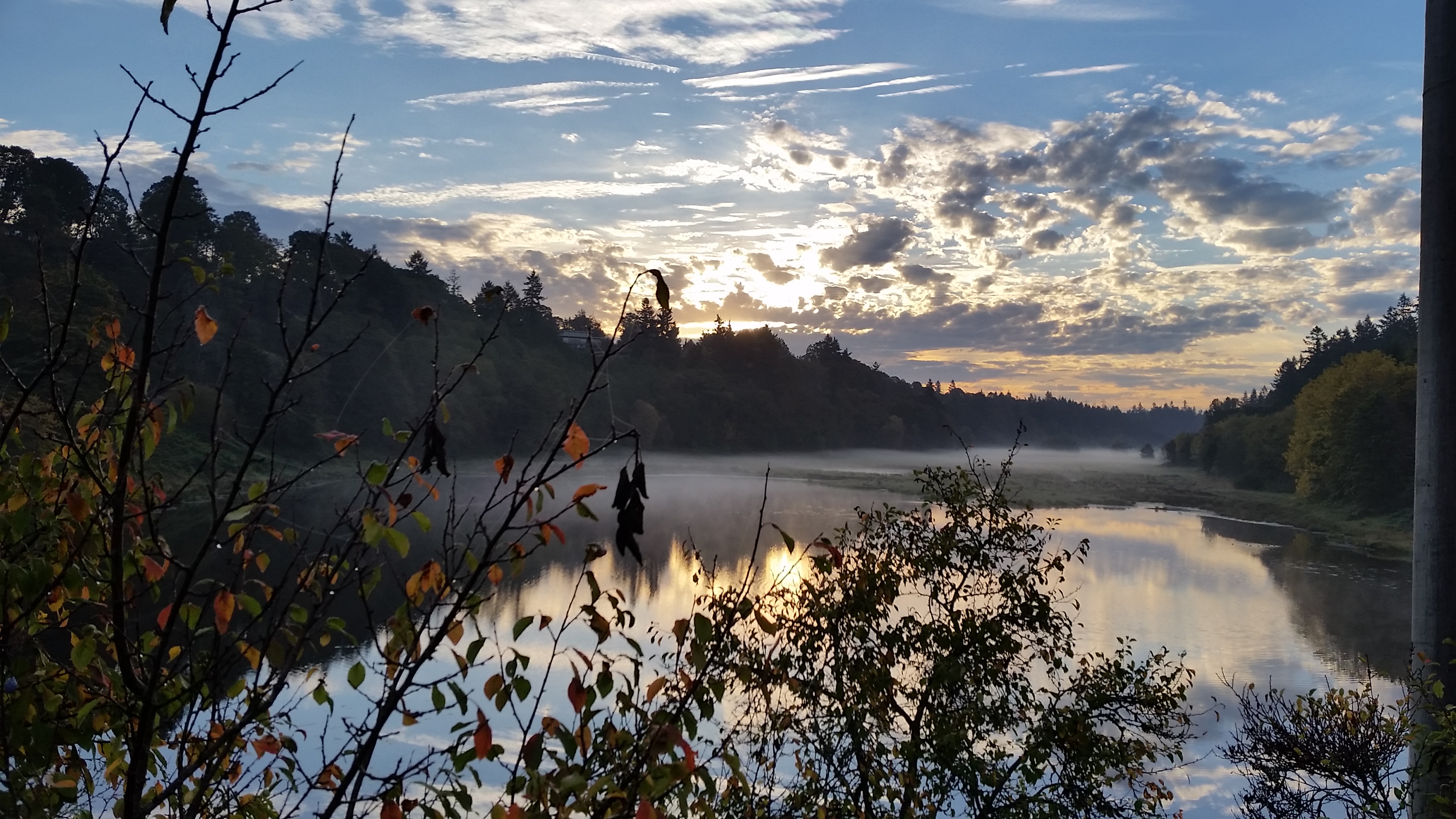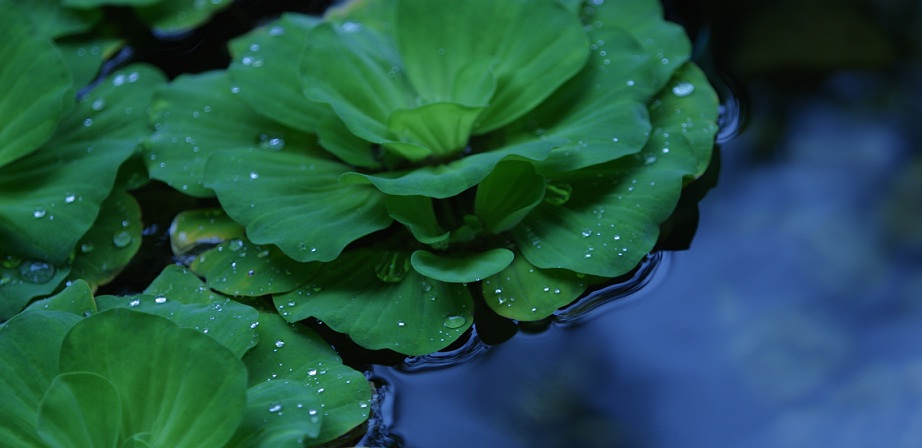 On July 17, U.S. Geological Survey and George Mason University researchers published a research report on wetland connectivity in the Journal of Environmental Quality. In many cases, wetlands are created to allay losses to wetlands elsewhere or to build wildlife habitat, the report explains. However, berms are typically installed in created wetlands, enabling regulation of water levels. These wetlands are then unconnected to adjacent rivers, limiting the inflow of pollutants to both the created wetland and natural wetlands downstream. This severely limits their effectiveness at removing pollutants, representing a missed opportunity to improve the water quality of surrounding waterbodies, according to the report. “If you want to maximize the overall water quality benefits of wetland creation,” said USGS ecologist Greg Noe, “then design the wetland so that it exchanges water with a stream or river.” Read more.
On July 17, U.S. Geological Survey and George Mason University researchers published a research report on wetland connectivity in the Journal of Environmental Quality. In many cases, wetlands are created to allay losses to wetlands elsewhere or to build wildlife habitat, the report explains. However, berms are typically installed in created wetlands, enabling regulation of water levels. These wetlands are then unconnected to adjacent rivers, limiting the inflow of pollutants to both the created wetland and natural wetlands downstream. This severely limits their effectiveness at removing pollutants, representing a missed opportunity to improve the water quality of surrounding waterbodies, according to the report. “If you want to maximize the overall water quality benefits of wetland creation,” said USGS ecologist Greg Noe, “then design the wetland so that it exchanges water with a stream or river.” Read more.





